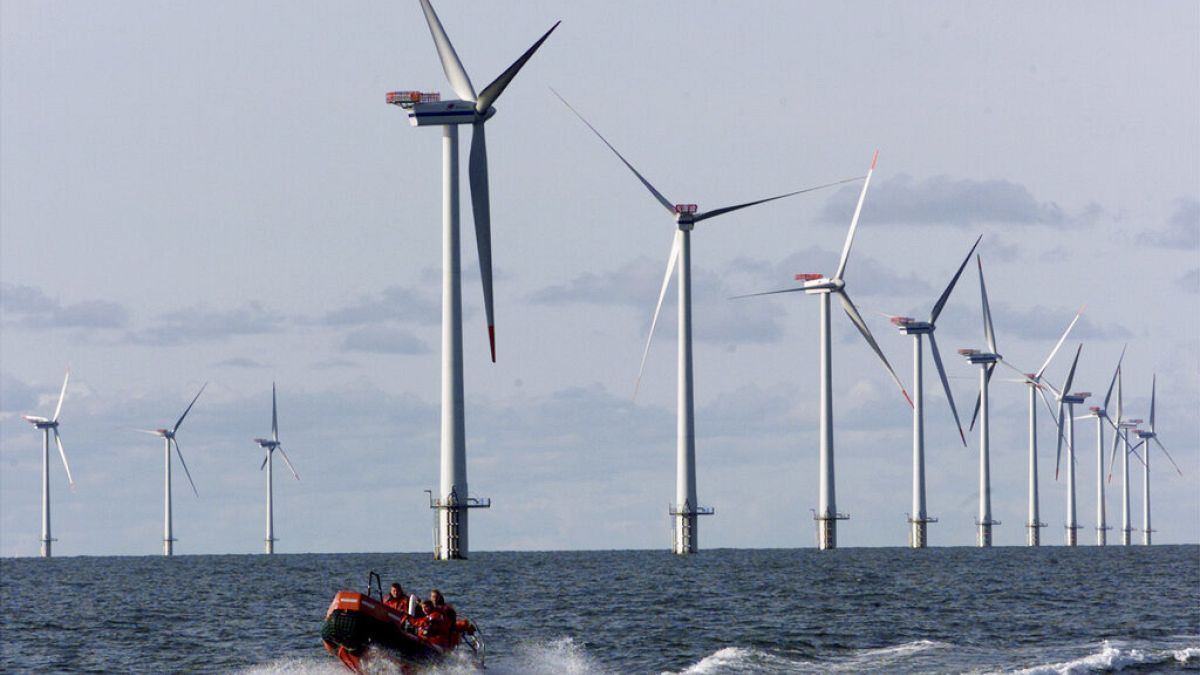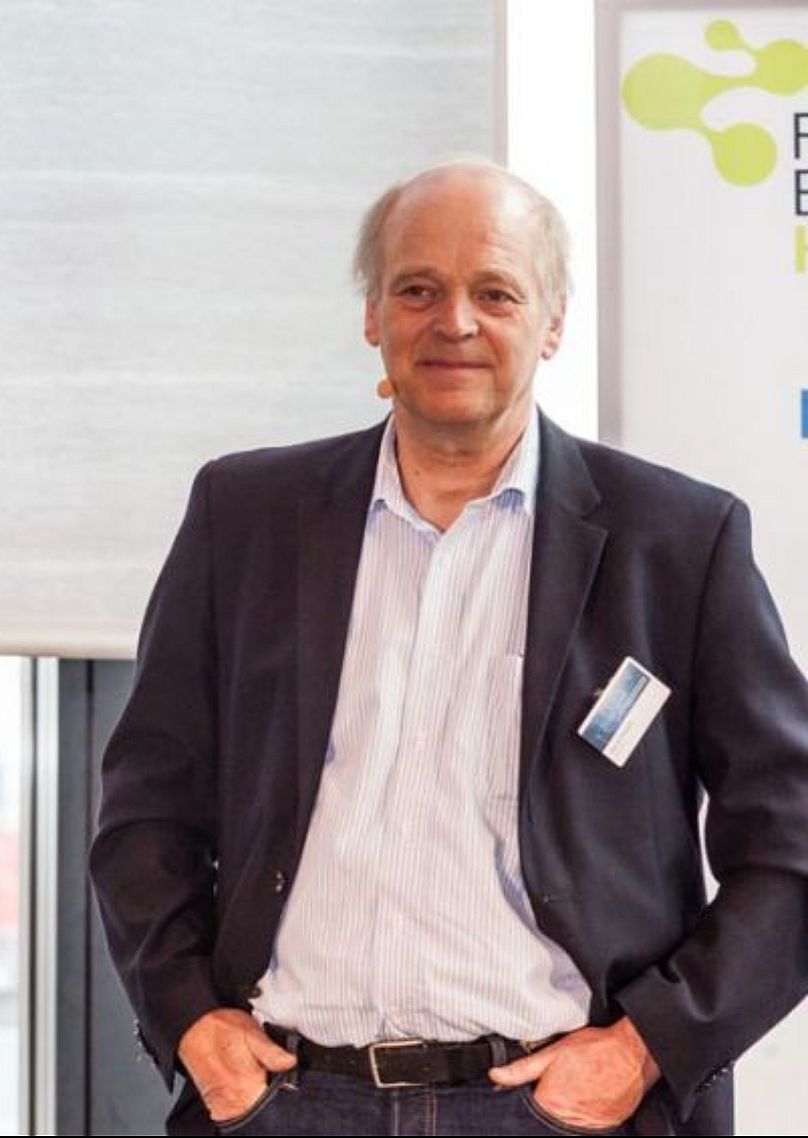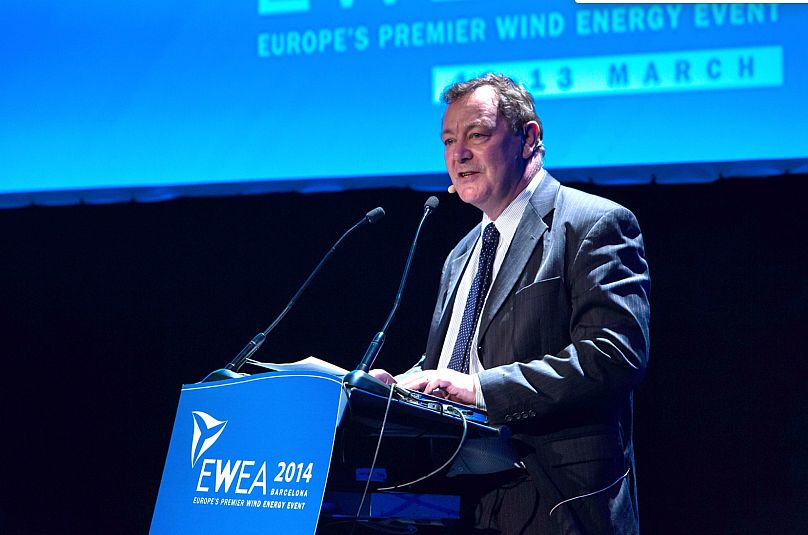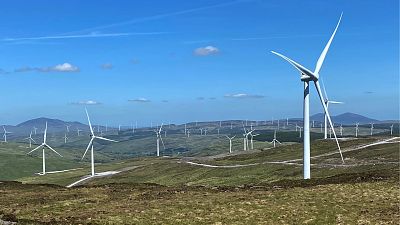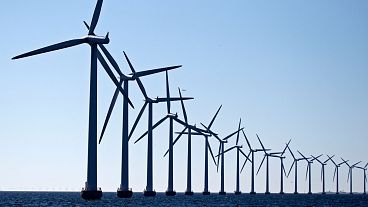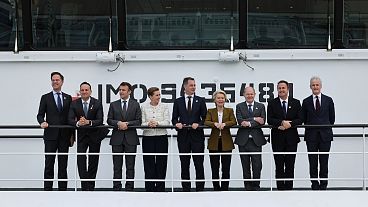Danish Henrik Stiesdal and British Andrew Garrad have been working on improving wind power for some 50 years - and have split the prestigious Queen Elizabeth Prize for Engineering for their roles.
The winners of the “Nobel prize of engineering” have been announced - and they are two European pioneers of wind energy.
Danish Henrik Stiesdal and British Andrew Garrad - often referred to as the ‘Godfathers of wind’ - share this year’s Queen Elizabeth Prize for Engineering, as a recognition of their critical contributions to the development of wind power.
Judges said their innovations had "enabled wind energy to fulfil a crucial role in today's electricity generation mix". A report released today showed that more of Europe’s energy came from wind power than fossil gas for the first time ever in 2023.
Garrad developed computer models which optimise and certify turbine and farm designs, while Stiesdal both worked on early design principles of wind turbines and led the installation of the first ever offshore wind farm anywhere in the world.
Lord Browne of Madingley, the chair of the Queen Elizabeth Prize for Engineering Foundation, paid tribute to the winners at the event.
"I remember even 15 years ago, people said, “'Wind power, windmills - a ridiculous idea - they won't work for the long term and, actually, there were plenty of very distinguished engineers who were very negative about wind power. But, it's been a remarkable journey, all thanks to these two evangelists, who made change happen."
A 50-year journey towards efficient wind power
Stiesdal and Garrad started their quests to improve the standing of wind power in electricity in the 1970s, building ‘backyard’ turbines.
Stiesdal is particularly well known for his association with the so-called "Danish concept".
In layman’s terms, it sets fundamental parameters for robust and efficient turbine design. This design was first installed by Stiesdal and an expert team in 1991 at the world’s first ever offshore farm in Vindeby.
Featuring 17-metre blades and turbine rotors capable of generating some 450 kW, the first turbines could power a couple of thousand Danish homes.
More than 30 years, and with significant technological improvement later, blades now measure 120-metres across and are able to generate 16MW. That’s enough to power tens of thousands of homes.
Garrad has worked for the last decades on developing software to ensure any new turbine will successfully work - and how exactly it will operate.
He has also played a significant part in de-risking the industry as a whole and simultaneously allowed it to swiftly access crucial financing.
What will the future of wind power look like?
From Stiesdal and Garrad’s innovations some 50 years ago, the wind power industry has become a key part of the green transition.
While it did take four decades to achieve 1 terawatt of global installed capacity, today more than 18% of electricity generation in Europe comes from wind power.
In the UK alone, that figure is closer to a third.
Experts say ongoing innovation in floating turbines will soon see wind farms venture into deeper waters than ever before - and the machines themselves are set to become ever taller.
Stiesdal has previously said that no blade-tip worldwide should be able to rise higher than 330 metres - the height of the Eiffel Tower.
Instead, he hopes the industry will focus less on size and more on cutting the unit cost of production - to make it an even more cost efficient way of powering the globe.
